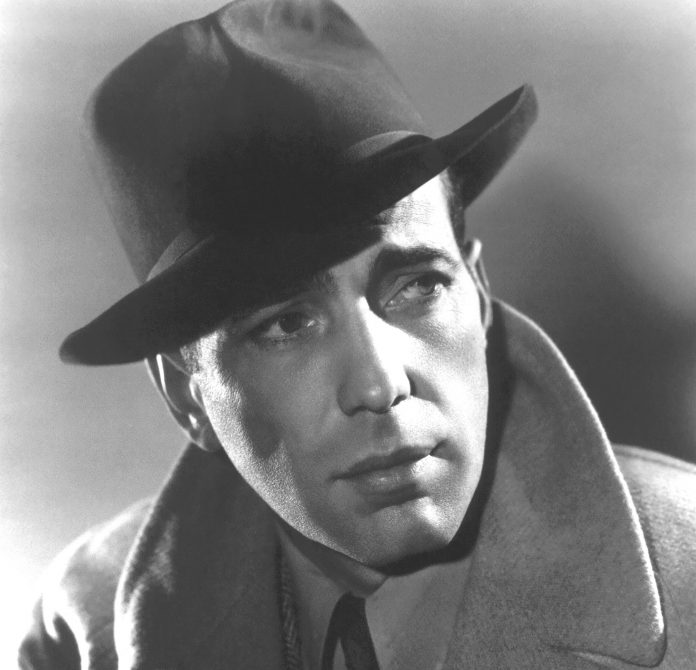From the dawn of time — or since Harrison Ford, to be more accurate — the stylish hat known as the fedora has been a hip part of pop culture. Everyone remembers the iconic and breathless moment when Indiana Jones pulls out his whip and lashes the gun out of a hired thug’s hand in Raiders of the Lost Ark. The hat is the first thing you see of Indiana’s character, and it shows restraint and strength in his character better than any other part of his ensemble (besides the whip, of course).
The fedora was created in 1882, originally for a woman’s wardrobe, and according historyofhats.net is a hat with a large brim, a crown that is pinched and indented, and mostly made in felt or wool. Shortly after it came out, playwright Victorien Sardou wrote a play entitled Fédora in 1882. The title character, played by Sarah Bernhardt, wore the stylish fedora that quickly made the fashion popular. In 1924 the hat became a favourite of Prince Edward of Britain’s, and consequently, many men adapted this new look. The peak of the fedora was in the 1920’s during prohibition, and it has been universally associated with gangsters and mafia bosses ever since.
The fedora usually comes in neutral hues such as tan, black, grey, and brown, but today it comes in jewel tones as well and is advertised in posh stores such as Le Chateau and H&M. Throughout different decades, fedoras have signified attitude in characters such as Humphrey Bogart in Casablanca, Laura Holt in Remington Steele (portrayed by Stephanie Zimbalist), as well as many other roles in television and film. Even in the musical world, superstars such as Michael Jackson and Justin Timberlake have used this hat in their performances.
While there is some cultural stigma against fedoras at the moment, associating them with angry young men, it’s worth mentioning that what many people call a fedora these days and picture those men wearing is actually a trilby. Trilbys are a similar hat with a smaller, downturned brim. Wearing an actual fedora may not draw the same associations a trilby would, but the word does have a negative connotation for a lot of people.
That said, this fall the stereotypical detective or mafia hat is very available for both men and women as a suitable accessory for the frigid cold weather that is soon to come. In lace, it’s stylish and trendy; in black, sophisticated and mysterious; in suede, it is luxurious and soft; in felt or wool, durable and practical for cool nights. As a unisex fashion, the appeal of the fedora is not limited to the ever changing trends women find themselves caught up in. The hat serves a very masculine and attractive quality for men as well. With a simple shape and good angles, this hat can suit almost any face shape.
On women, the fedora is almost protective gear that is at the same time alluring and adds a distinct level of sophistication for the wearer. On a gentleman, the fedora is an almost rugged reminder of adventure and daring. It adds a good roguish quality to a man of style, giving the much needed imperfection that makes any outfit work well. Additionally, it also protects the head from the cold elements. So try a fedora hat this season and see what it means to you. You never know, it worked just fine for Harrison Ford!
Rachel is working towards a BA with a concentration in English and Theatre. She has been employed at The Cascade since Fall 2021 as a Staff Writer and a Jr. News Editor. Currently, she is the sectional News Editor and enjoys meeting and interviewing people as well as taking long walks in nature. Rachel also likes to stay up to date on the latest trends and informs students through her fashion column entitled Campus Fashion.


